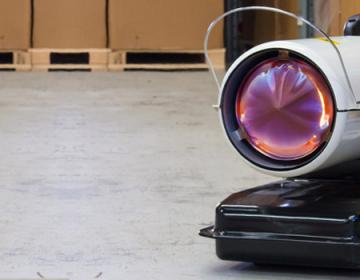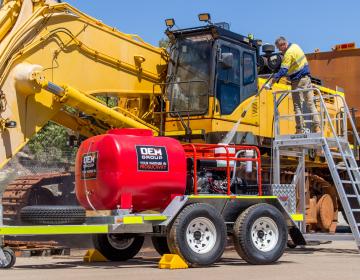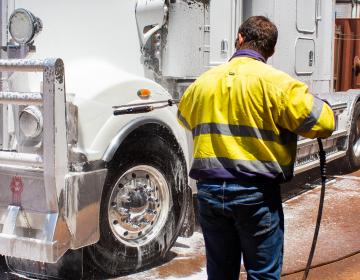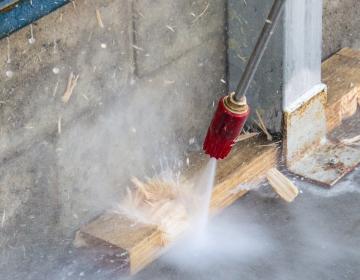Winter is fast approaching, with temperatures dropping in the last few weeks. Whether you are wanting to provide comfortable working environment for your employees or to provide heat to dry and cure materials, it is worth the investment into an industrial or commercial space heater to supply an instant, effective and reliable source of heat.
Portable Industrial and commercial heaters provide a wide range of applications though different industries including the heating of warehouses, workshops, garages, factories, transport terminals, breeding sheds and greenhouses, as well as drying and curing materials in the building, agricultural and other industries.
When purchasing a portable space heater, there are a few questions you must ask yourself first:
- Do you require your heater to run on diesel, kerosene or LPG?
- Are you heating an enclosed room or an open space?
- Do you require the heat to be pushed into a large area or radiant?
- What in square metres is the size of your area? Each portable space heater has heat output measured in kW and it must match the space.
- What is the purpose of your new heater? Is it to create a comfortable environment or for drying products or materials?
In this guide we discuss:
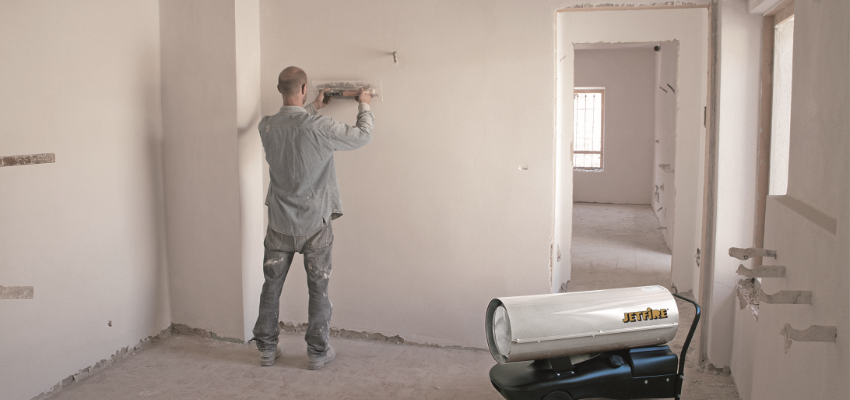
TYPE OF FUEL
Diesel
|
|
Diesel space heaters draw air from an external intake pipe and is passed into the combustion chamber. The air is then mixed with atomised diesel for an internal combustion process which ignites the diesel and heats up the surface of the heat exchanger.
Diesel Space heaters provide efficient source of heat to the industrial, commercial and construction industries.
LPG
|
|
LPG (or liquefied petroleum gas) is a versatile fuel used in many industries and applications around Australia, from heating to cooking and even fuel for cars. LP gas heaters work very similarly to Diesel heaters, where the LPG is compressed in the gas bottle & is forced through a gas regulator to get the right amount & atomised through a special nozzle & burner head, whilst the fan provides a strong force of airflow pushing the combustion outwards & directing the flame towards the surface area of the heat exchanger.
LPG space heaters have a large range of applications in industrial and commercial businesses. In agriculture, it can be used for heating greenhouses, nurseries and poultry sheds and livestock as well as drying produce such as grains, nuts, and cotton. LPG space heaters can be a great fuel substitute as it can cut costs and emissions.
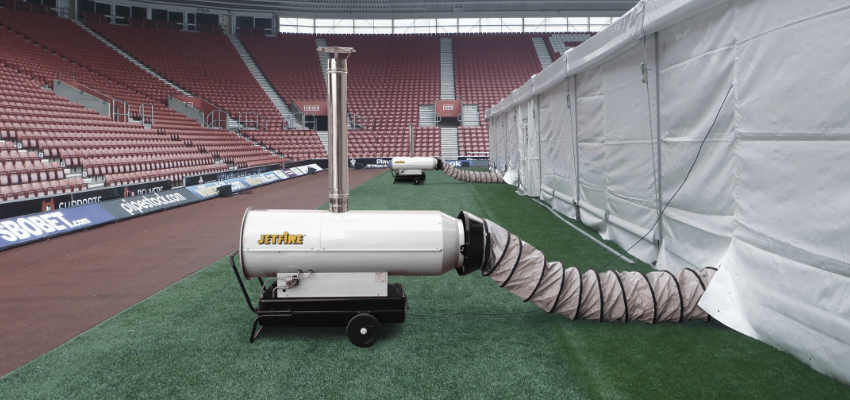
TYPE OF SPACE HEATER
The type area you are heating will need to be factored in when choosing a space heater. Depending on whether it is enclosed or open will determine whether your space heater must be direct fired or indirect fired.
Direct fired can be used to heat large open areas that have limited insulations such as construction sites or warehouses.
Indirect fired heaters can heat large spaces such as large glass houses, large mining workshops, even event marquees but also enclosed spaces as they produce clean air.
Direct Fired
|
|
Direct Fired heat is produced when air passes through an open flame. An everyday example of Direct Fired heater would be a barbeque grill or a gas stovetop, where there is an open flame. The internal components of the space heater control the heated air and are directly pushed out without restrictions.
Direct Fired Space Heaters are a great solution to heat spaces with limited insulation or that need large volumes of warm air such as construction sites or warehouses.
Depending on the size of the unit, Direct Fired Space Heaters can be used in a large range of applications and spaces.
Indirect Fired
|
|
Indirect fired heat is produced when a flame in a burn chamber warms a heat exchanger. Cool air is drawn into the unit and is then heated when it passes over the heat exchanger and directly pushed out the heater without restrictions. An everyday example of indirect fired heat is like oil or gas burning furnaces in a chimney.
The air produced from an indirect fired heater is clean and is best for applications that require sanitary conditions. Indirect fired heaters can heat large spaces such as large glass houses, large mining workshops, even event marquees.
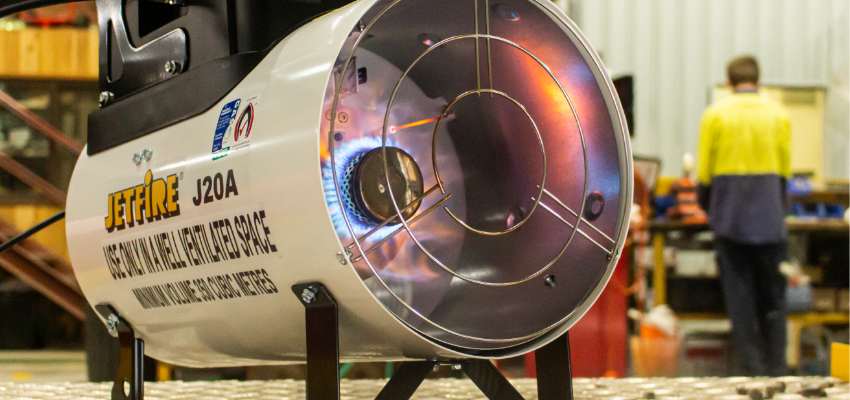
TYPE OF HEAT
Fan Forced
|
|
Fan Forced space heaters supply a continuous flow of warm air. They are a great source of instant heat and are useful for drying spaces such as dry-wall and paint. These units are tubular with an attached fuel tank and a burner at the back. A fan from behind the burner blows the heat though the tube.
Fan forced heaters are more common than radial heaters and is a more direct style of heating than radiant.
Radiant
|
|
Radiant heat is produced by infrared rays of heat emitted from the heater. Through this method, the air itself is not being heated. By heating a large plate in front of the machine, a small fan behind the place then blows the radiant heat outwards.
Using shortwave technology, Radiant heaters provide immediate heat directly in front of the heat source and only on surfaces in the direct line of sight to the heater. The heat intensity increases as surfaces get closer.
Radiant space heaters are useful for smaller heating applications such as a small warehouse and for open spaces and outdoors.
OTHER TERMS
Compressor
Compressor fed refers to how the unit gives itself fuel. It is an efficient choice for larger units as it does not consume a lot of fuel. It is a cheaper method for manufacturing and replacement parts.
Pump-Fed
Pump-fed units consume more fuel than compressor fed units. Even so it is used on larger units as it is cheaper to run a large unit on a pump than a compressor. It is also more reliable and more easily regulated.
FINAL THOUGHTS
With the space heater for your warehouses, workshops, garages, factories, transport terminals, breeding sheds or greenhouses, OEM Group offers a large range of portable and efficient space heaters.
Our sales team are here to answer your questions.
We look forward to your next visit with us here at OEM Group.
Ph: (08) 7912 8059
Email: contactoem@oemgroup.com.au


